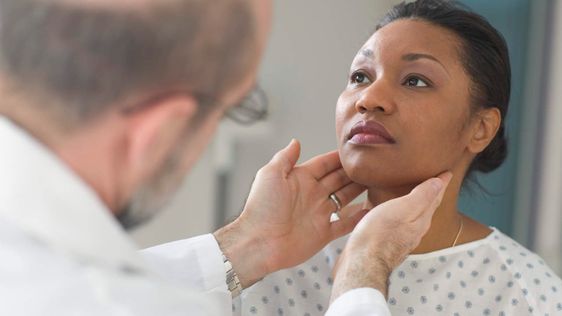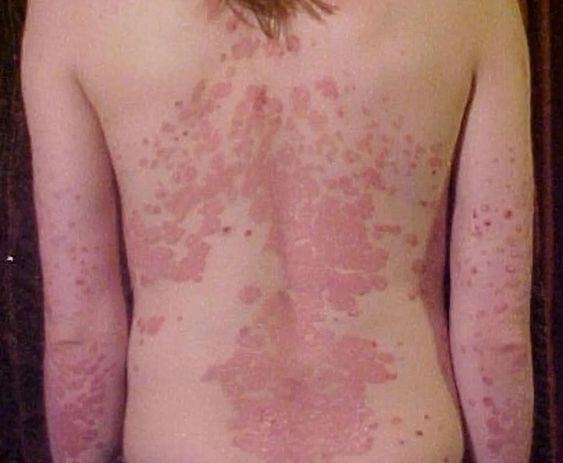masezza.com – Some people may have diabetes skin problems but not realize it. Diabetic neuropathy, for instance, causes rashes that are white and do not hurt. The blisters usually heal on their own and are noncontagious. If you notice skin changes, see your doctor. But if you have no symptoms, you can easily stamp out diabetes skin problems with some home remedies. Here are some tips for you to follow. Keep reading for more information.
The blisters are like small burns and are painless

Blisters are common among people with diabetes. They look like small burns and are painless. They are often found on the fingers, neck, or ears. However, some may experience a mild itching when they get them. Your doctor will likely order tests to determine the cause. Symptoms of this condition vary widely, and you may not notice any symptoms at all. But it is important to consult a health care provider right away if you notice any of these skin changes.
Blisters are another common complication of diabetes. These bumps look like severe burns, but they are not painful. These areas are usually swollen and painful. It’s important to see a doctor if you experience any of these symptoms. Your doctor will be able to prescribe you antibiotics. The only way to cure this condition is to control your blood sugar levels. This is the best way to keep it from getting worse.
Immediately report the blisters to your healthcare provider to prevent infection

Blisters are another common symptom of diabetes. These can look like painful burns but are not painful. They can be a single large blister or a cluster of small blisters. You should report the blisters to your health care provider immediately to prevent infection. Infected areas can lead to skin cancer. These infections should be treated immediately. The doctor will prescribe antibiotics to clear the infection. There are also other symptoms that may occur with diabetes.
Bacterial infections on the skin are common in people with diabetes. These can include eyelid sties, nail infections, and carbuncles, which are deep infections in the skin. When these develop, the affected area will be red, painful, and itchy. If the condition gets worse, the doctor may recommend treatment with antibiotics. The doctor will discuss any complications and how to treat the condition. The symptoms of diabetes can be very embarrassing and even debilitating.
A medical specialist will be able to detect signs of diabetes in time

If you have skin problems, see a doctor right away. A medical specialist will be able to detect the signs of diabetes in a timely manner. If your skin problems are caused by uncontrolled diabetes, it is best to get a test done. If you have diabetes, skin issues can become very painful, which can lead to other complications. If you have the problem, see your doctor as soon as possible. If you don’t know what it is, you may have it.
Symptoms of diabetic skin problems include fungi and bacterial infections. In addition, if you have diabetes, you should also take precautions against a variety of skin problems. For example, don’t scratch your face because it will itch, or you might develop a rash that has blisters. You can also get itchy skin if your skin is inflamed. But your doctor will need to know more about your diabetes in order to treat it.
It is important to understand how to deal with skin infections that affect your overall health

Aside from painful, irritated skin, and ring-shaped spots, diabetes patients can also develop bacterial infections. Most common infections are caused by bacteria, but they can also be caused by yeast. The fungus can cause severe problems and require treatment. For this reason, it is important to understand how to deal with a skin infection that affects your overall health. Once you learn more about diabetes, you can find the best treatment for your condition.
Bacterial infections are the most common cause of diabetes skin problems. Infections in the skin can occur in the eyelids, buttocks, and thighs. If you have a bacterial infection, your skin will be hot, red, and painful. This is the first step in treating the problem. Your doctor will need to prescribe antibiotics to treat your infection. If you don’t have the condition, you’ll want to visit a dermatologist to get the proper diagnosis.

